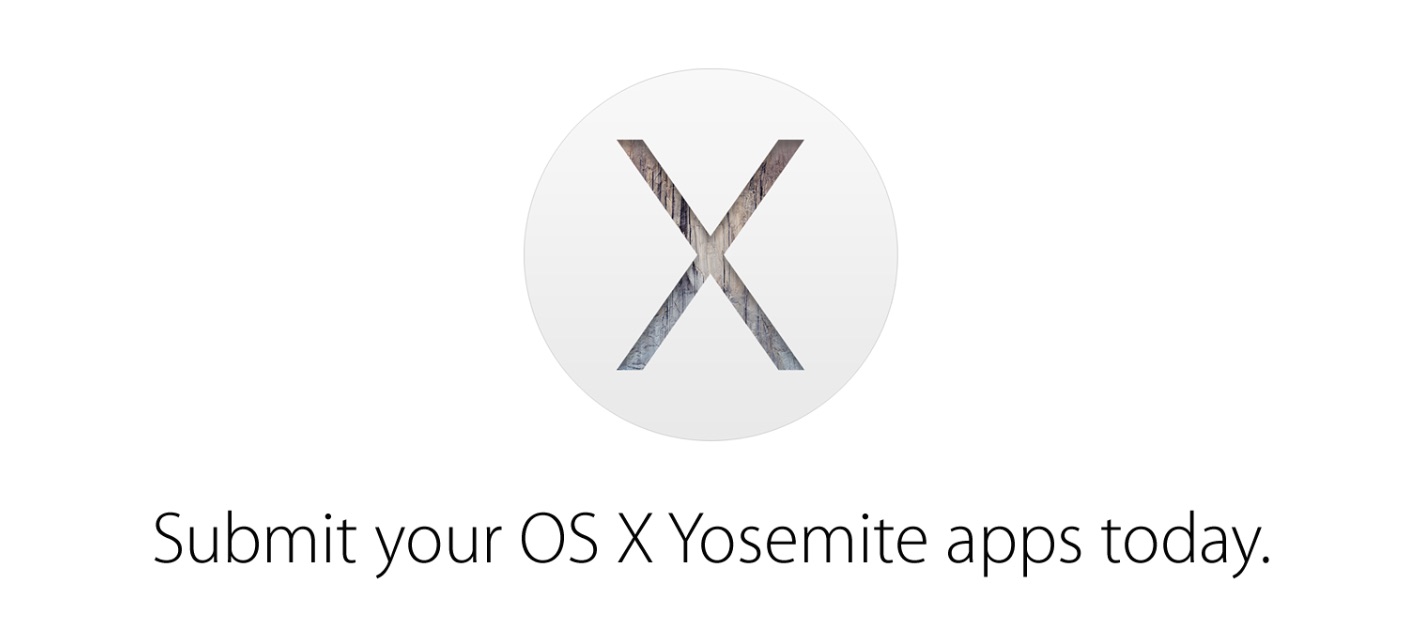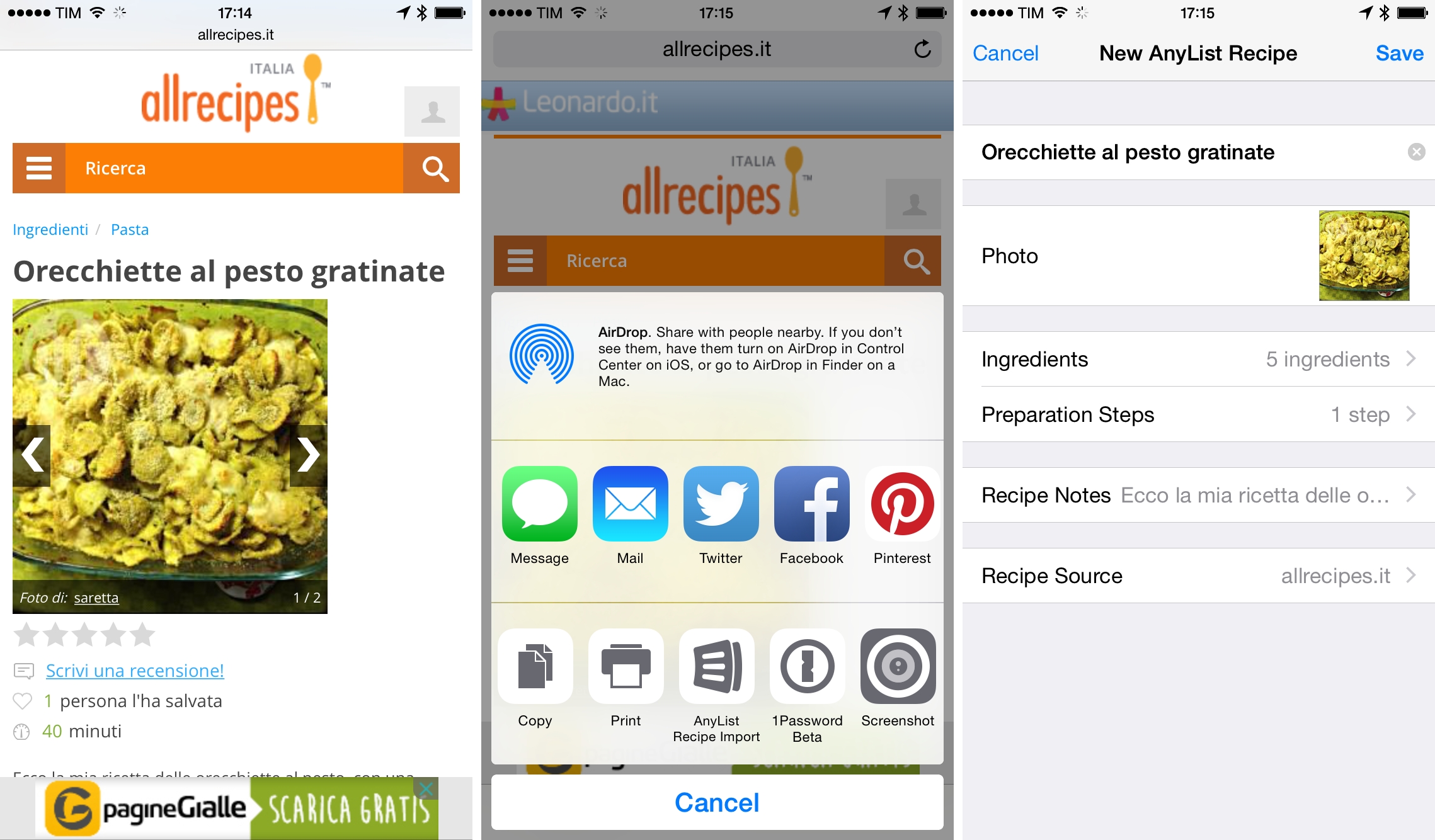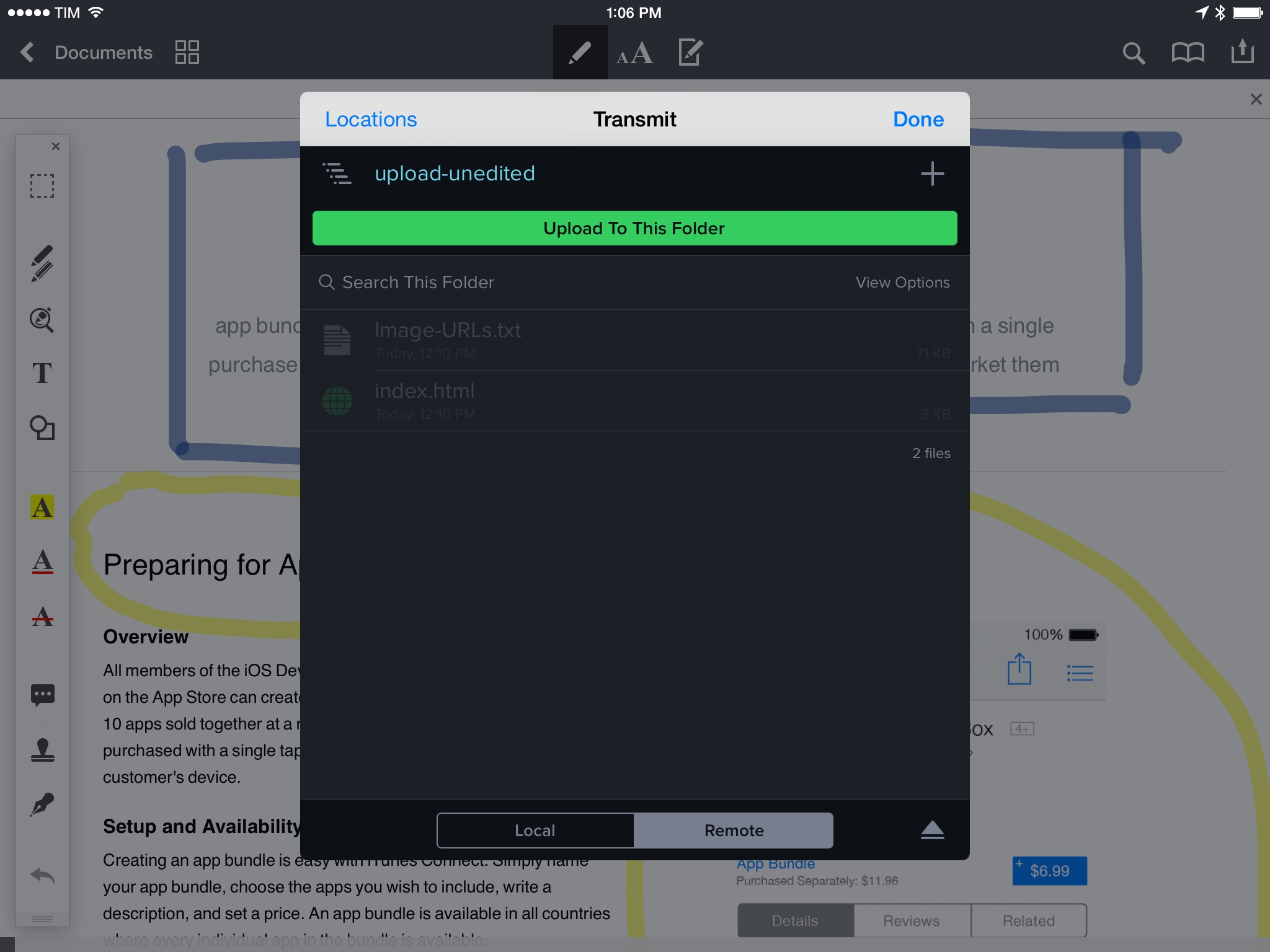Apple today notified registered developers that Mac App Store submissions are now open for OS X Yosemite apps. Apple repeated its previous statement that Yosemite will be made available to customers “later this fall”, but it may arrive as early as next week. By comparison, Apple notified developers to submit their OS X Mavericks apps last year on October 15, with Mavericks becoming available to customers a week later on October 22.
Add powerful new functionality throughout OS X Yosemite with app extensions, explore the innovative new Swift programming language, and take advantage of advances in game technologies, Safari, iCloud, and more. To prepare your apps for the Mac App Store, download and build with the OS X Yosemite GM candidate and Xcode 6.1 GM seed from the Mac Dev Center. With these latest releases, Swift is now final and you can submit your Mac apps written with Swift to the Mac App Store.









